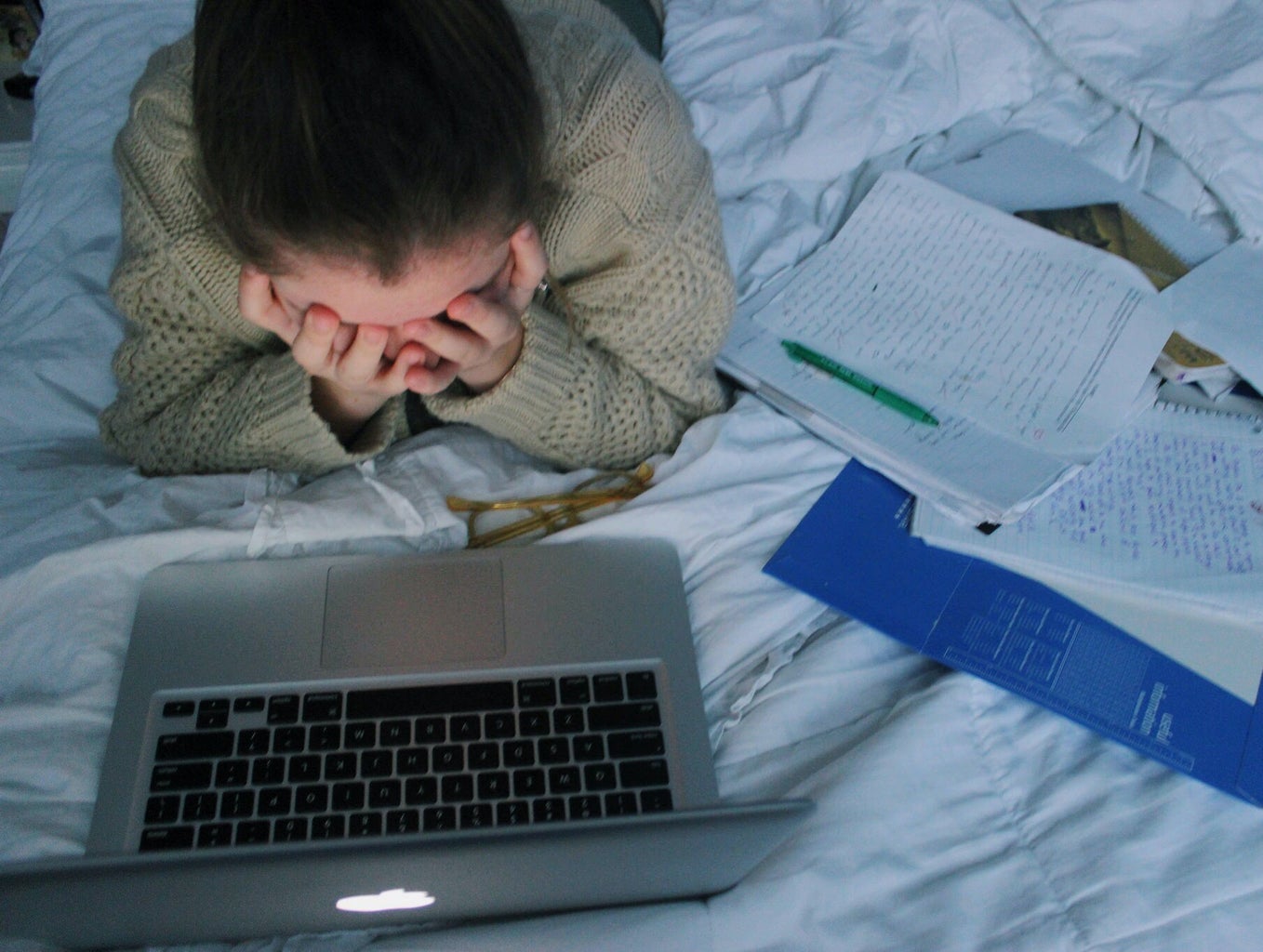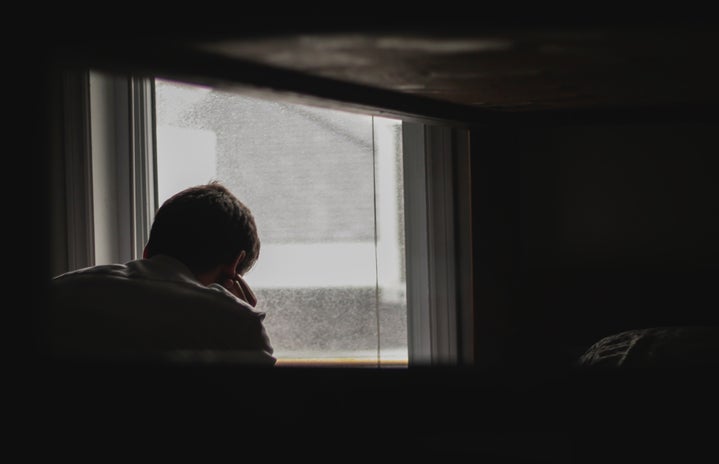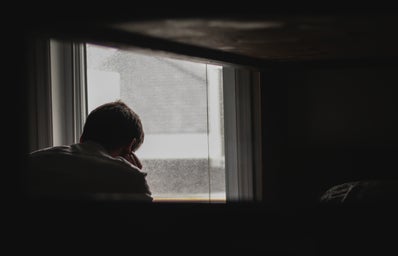It’s that time of year when the cold and grey weather comes creeping in. I have always hated the time of year where where fall ends, winter starts, and daylight savings takes away a much-needed hour of sunlight.
I first heard about seasonal depression a couple years ago, and originally thought it was a term the internet made. However, I recently discovered that is in fact a very real thing and is even regarded as a medical condition. According to Cleveland Clinic, seasonal depression, often referred to as seasonal affective disorder (SAD), is a form of depressive disorder that occurs in response to seasonal changes. Its onset typically occurs in late fall, and symptoms include persistent sadness, reduced energy, diminished enthusiasm for regular activities, increased duration of sleep, and weight gain.
I have always noticed a change in my mood around the end of October to mid-November where I don’t feel like going out as much, and have an overall feeling of indifference to everything. With the compounding stress and hectic couple of weeks that are midterm season, my seasonal depression tends to get worse.

It wasn’t until recently that I truly acknowledged my seasonal depression as a valid problem. Although it may seem small, it can be debilitating. Rather than trying to ignore it and invalidate your feelings, I find it’s best to accept it and face it head-on. Often minor mental health problems can be overlooked, but mental health struggles of any capacity are valid, and worthy of being looked after.
Although these periods can be tough, there are always things you can do to help improve your outlook.
The most effective thing that has helped me was buying a cozy lamp to put in my room. When studying or doing work, some nice ambient, warm lighting has helped to make my environment seem less dark. Another thing I practice is reminding myself of things that I have to look forward to. Whether that’s going home for Christmas or even baking something fun, having activities or events to get excited about can help bring up your mood immensely and prevent you from feeling stagnant during these times. Lastly, I recommend journaling. Although it takes some time to get used to writing down your thoughts and emotions, it can be a therapeutic release. Personally, it helps me acknowledge and understand my feelings, which allows me to mediate them by doing something to counteract it.
Accepting that this may be a problem can be difficult, as we may not want to believe that something is as serious as it is. Nonetheless, it is so important to acknowledge the state of your mental health and find an outlet that works for you. Incorporating simple activities like spending time with your friends, journaling, doing yoga, and eating well can help you get through your day little by little.
Despite the bleak winter feeling, remember that there is always something that can be done to prioritize and improve your mental health. The first step is understanding and recognizing that what you’re going through is a real thing! If you are struggling to help yourself though these means, reach out to family, friends, or campus mental health services.




